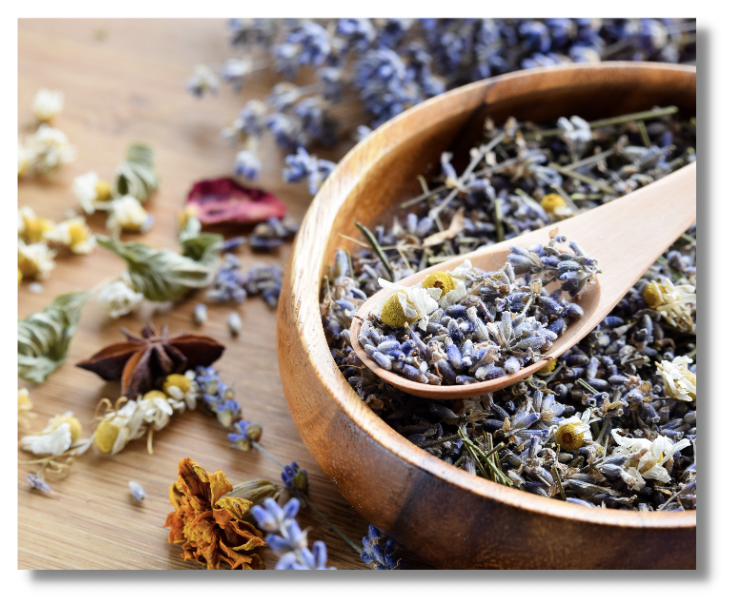Herb Gardening Basics: A Comprehensive Guide for Beginners

Welcome to our comprehensive guide to herb gardening basics! Here at Intuitive Articles, we’re passionate about helping you cultivate your own fresh herbs in your backyard, balcony, or even windowsill. Whether you’re an experienced gardener or just starting out, we’re here to provide you with all the information you need to grow a thriving herb garden.
Choosing the Right Location for Your Herb Garden
The first step in herb gardening is choosing the right location for your garden. Herbs require at least six hours of sunlight per day, so make sure you select a spot that receives plenty of sunlight. In addition to sunlight, your herbs will also need well-drained soil that’s rich in organic matter. If your soil is heavy or clay-like, consider mixing in some sand or perlite to improve drainage.

Selecting the Best Herbs for Your Garden
Once you’ve chosen your garden location, it’s time to select the herbs you want to grow. The best herbs for beginners are those that are easy to grow and maintain. Some popular options include basil, parsley, chives, mint, and thyme. These herbs are not only easy to grow, but they’re also versatile and can be used in a variety of recipes.
Preparing Your Soil for Planting
Before planting your herbs, it’s important to prepare your soil. Start by removing any weeds or debris from the area where you’ll be planting. Next, work in some organic matter, such as compost or well-rotted manure, to enrich the soil. You may also want to add a slow-release fertilizer to ensure your herbs get the nutrients they need to thrive.

Planting and Caring for Your Herbs
When planting your herbs, be sure to space them out properly to allow for adequate airflow and to prevent overcrowding. Depending on the herb, you may need to plant them anywhere from 6 to 24 inches apart. After planting, water your herbs thoroughly and continue to water them regularly, being careful not to overwater them.
Harvesting Your Herbs
As your herbs grow, you’ll want to harvest them regularly to encourage bushy growth and to keep them from becoming too leggy. To harvest your herbs, simply snip off the leaves or stems as needed. Be sure to harvest in the morning when the plants are at their freshest and most flavorful.
Watering Your Herbs
Proper watering is crucial for healthy herb growth. While it’s important not to overwater your herbs, you also don’t want them to dry out. Aim to keep the soil moist but not waterlogged. A good rule of thumb is to water your herbs when the top inch of soil feels dry to the touch. It’s also a good idea to water your herbs in the morning or early afternoon to prevent the leaves from staying damp overnight, which can lead to fungal growth.

Pest and Disease Control
Just like any other plants, herbs are susceptible to pests and diseases. Some common herb pests include aphids, spider mites, and whiteflies. To control these pests, you can try using an insecticidal soap or neem oil. It’s also a good idea to regularly inspect your herbs for any signs of infestation.
When it comes to disease prevention, the best defense is a good offense. Make sure your herbs are planted in well-draining soil, avoid overcrowding your plants, and keep the leaves as dry as possible. If you do notice any signs of disease, such as yellowing or wilting leaves, it’s best to remove the affected plant immediately to prevent the spread of disease to your other herbs.
Preserving Your Herbs
One of the best things about growing your own herbs is having a fresh supply on hand whenever you need them. But what do you do with all those extra herbs at the end of the growing season? There are several ways to preserve your herbs for future use, such as drying, freezing, or making herb-infused oils or vinegars.
To dry your herbs, simply hang them upside down in a dry, well-ventilated area until they’re completely dry. Once dry, you can store them in an airtight container for future use. To freeze your herbs, chop them up and place them in ice cube trays with a little bit of water or oil. Once frozen, you can transfer the cubes to a plastic bag for easy storage.

Conclusion
With a little bit of effort and care, you can grow your own fresh herbs right at home. By choosing the right location, selecting the best herbs, and properly preparing and caring for your plants, you can enjoy a bountiful harvest of delicious herbs all season long. And with proper pest and disease control and herb preservation techniques, you can continue to enjoy your herbs long after the growing season has ended. Happy gardening!
Published in Herbal Health and Wellness





Responses